Last updated on May 13th, 2020 at 07:43 pm
Few people would deny the major positives about electric vehicles. The smooth relentless power delivery, the easy driving experience, the quietness, the speed, the cleanliness and the environmental friendliness. But if there’s one factor that sits at the top of the list of things that put people off early EV adoption, even ahead of the current rather ridiculously high prices, it’s range anxiety.
With fossil fuel vehicles, you can be pretty sure that as your petrol gauge needle nears the red zone, you’ll be able to find a garage to refill before it hits rock bottom. And, if not, grab a can and go get a top-up on foot from the nearest station. But with an EV, the charger coverage, whilst growing rapidly, is far from universal, and you never know what you’ll find even when you get to a charging station. The hook-ups could all be taken by other users with an hour to go or be inexplicably broken. Or (particularly in the UK), they could be tied to a network for which you don’t have a membership. Or they could be really slow, leaving you with hours to wait before you can start driving again. There are plenty of challenges.
One company that has made its mission to combat this problem is Ionity. A joint venture set up in November 2017 by Mercedes, BMW, Ford and the VW group including Porsche, with Hyundai/Kia waiting in the wings, Ionity’s aim is to improve the charging network on highways. Its primary weapon is a series of 350kW charging stations across Europe, with the plan to install 400 of these by the end of 2020 in 24 countries. We talked to Ionity’s UK Country Manager Pia Bretschneider and Head of Public Relations Paul Entwistle.
How are UK installations going so far?
“We’ve installed 226 stations across 18 countries so far,” explains Entwistle. “We have 48 under construction. There are four stations in the UK – Maidstone, Milton Keynes, Leeds Skelton and Gretna Green – and eight being built. Overall, we plan to provide the UK with 40 stations. Our aims are to be in as many European countries as possible, so we went with the European standard in the shape of the Combined Charging System (CCS), but the UK has its own special challenges.”
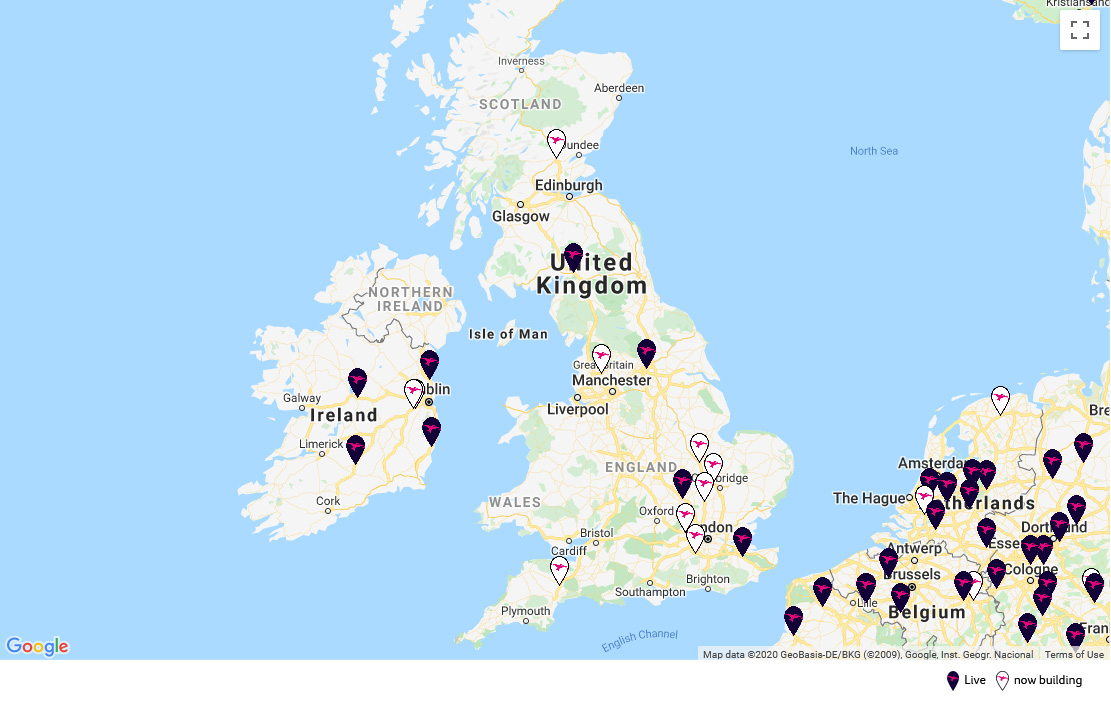
Head to the Ionity website for an interactive version of the map above.
“We’re waiting to get past the Coronavirus pandemic, so the DNOs can turn on the power to the stations,” adds Bretschneider. “Many of the eight forthcoming sites are with the Extra motorway service area group. The first one was the Leeds Skelton station – a brand new motorway service area in Leeds, which opened on the 30th March. That's a hub with six chargers.”
What are the key barriers to wide adoption of electric vehicles in the UK and Europe?
“The three key barriers,” explains Entwistle, “are: one, the availability of charging infrastructure; two, the type of infrastructure; and three, the availability of EVs in the marketplace of ability, standard and price point that can convince the majority they’re capable of fulfilling all the roles currently a fossil fuel car can perform.”
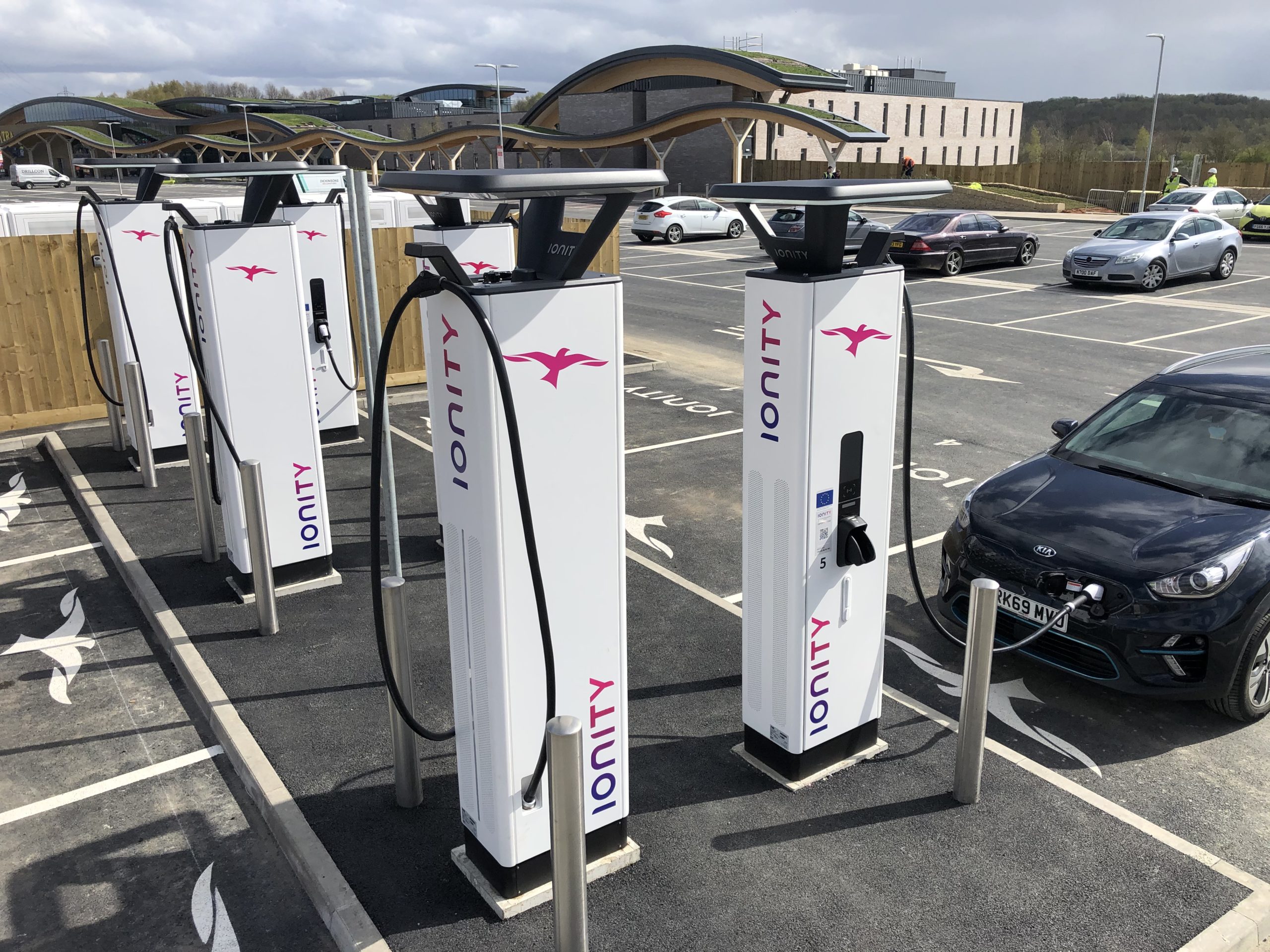
“We’re putting in a high-power infrastructure,” adds Bretschneider. “So our goal is to have a network in the UK and Europe where people can be comfortable that they can buy an EV and know that they can drive a long-distance journey in it. Right now, people think it’s something for the city. They think it won’t have enough range to get them where they want to be, and there won’t be enough charging infrastructure on the way. So we’re putting in that high-power charging infrastructure that will charge at an unprecedented rate. We have very high standards to ensure that the chargers are working as they should be. We also focus on hubs because if you only have one charging point and it’s out of service or already taken, that can ruin the usefulness.”
There is a cacophony of charging vendors in the UK. How can this be overcome so that EVs can have a more universal network of refuelling stations like petrol and diesel cars?
“It’s a great word cacophony and it does actually describe the status quo well,” says Entwistle. “The two things are, CCS is clearly a decision taken on a European basis for a common standard. More and more manufacturers are going down that road. The fact that the Model 3 Tesla chose to launch into the European market with CCS is an indication that it’s the way things are moving. We expect Nissan to go this way too. The fact that a Nissan partner like Renault is equipping the Zoe with CCS is indication that they’re moving in that direction. So the cacophony in terms of hardware is the one thing.
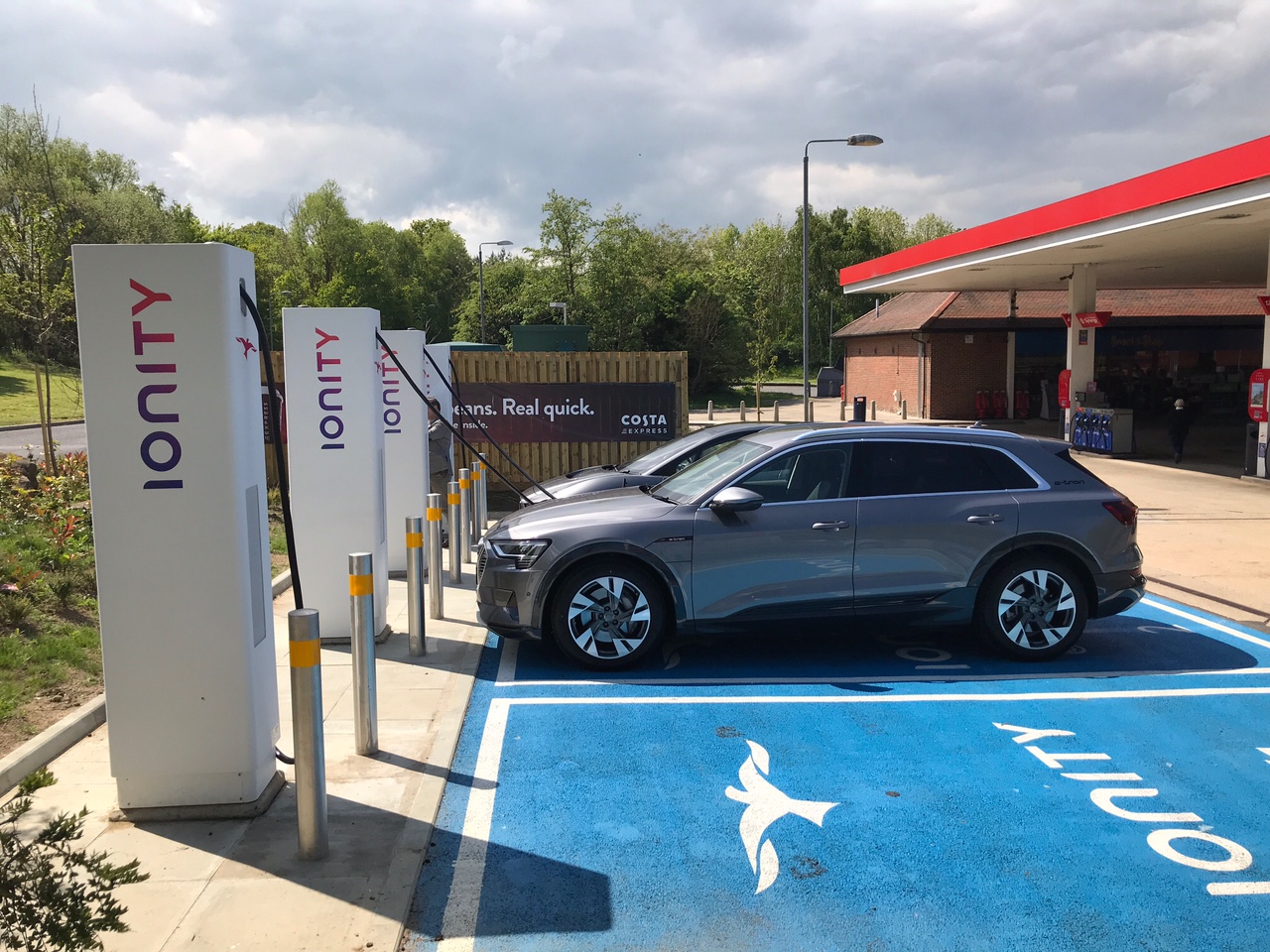
“But we also want to get away from charge points that require a multitude of cards and payment systems. The industry is moving in one direction, and that’s towards plug-and-charge. We are leading that. We are very closely involved with the roaming platforms to establish plug-and-charge, and we will see this as the common platform for payment by Q3 2020. But this requires that the vehicles themselves have the technology onboard to be able to communicate with the charging unit and backend. By supporting plug-and-charge and the relevant protocols behind it, that’s a significant step towards making it seamless for customers.” Entwistle adds that there might be adapters for older vehicles to use the plug-and-charge system, and mentioned a third-party device being used by Tesla Model X and S owners.
“The UK is a bit different in that the networks are protective. It’s not integrated into a wider whole.”
“With regards to the many different vendors of charging networks,” adds Bretschneider, “we are an open system.” This is in contrast to how a large proportion of existing chargers in the UK are tied to a card or account, particularly at 22kW or below. New 50kW+ charger installations, such as those from BP Chargemaster, are following the UK government’s announcement last year and enable contactless credit and debit card payment. But that still leaves a lot of legacy infrastructure that's tied to specific memberships or apps. “With our network we have integrated it into roaming platforms like Hubject and GIREVE. That means that a mobility service provider like NewMotion can give its customers access to the Ionity chargers, along with around 135,000 other public charging points across Europe all on the same card, making it very convenient for EV drivers. The UK is a bit different in that the networks are protective. It’s not integrated into a wider whole. We wouldn’t have a problem if a BP Polar card was used on our charging network, for example. We are in favour of interoperability and making it easier for our customers.”
Ionity has come in for a lot of criticism for its 69p-per-kWh pricing. Some have argued that this goes completely against an ethos of promoting wide EV adoption. How can you justify this?
“When we announced the change, we went from a session fee of eight Euros, which was basically God’s gift to charging,” explains Entwistle. “Tesla owners particularly loved it. When we went to kWh pricing the whole industry was going in that direction. We had to go to a price that would make our business commercially viable. There are a lot of companies out there that are not making a great deal of money, and this is pre-Covid-19. The investment going into charging networks is enormous, and there’s a risk involved. Allego is now laying off half its workforce, for example. You can claw that money back in the way Elon Musk has done via a proprietary system that gets its return from the sale of the vehicles. We do it with an ad-hoc price.
“We see negative stories because of our ad-hoc price, but we’re establishing a robust business that will be commercially viable for the next 10 years.”
“But the charging that happens on the motorway is just 5-10% of total journeys people take with their EVs. We’re not playing at the mass end of the market. The majority are charging at the workplace or at home. And within that 5-10% using our chargers, the majority isn’t at ad-hoc pricing anyway, it’s through a membership like Audi’s or Mercedes’. We’ve found that 75-80% of charging on our network is through these kinds of memberships, and at a much lower price. We see negative stories because of our ad-hoc price, but we’re establishing a robust business that will be commercially viable for the next 10 years. We’re building longevity into the business, that maybe other suppliers aren’t. We’re putting all this value into the infrastructure up front, before we’re making any money out of it.”
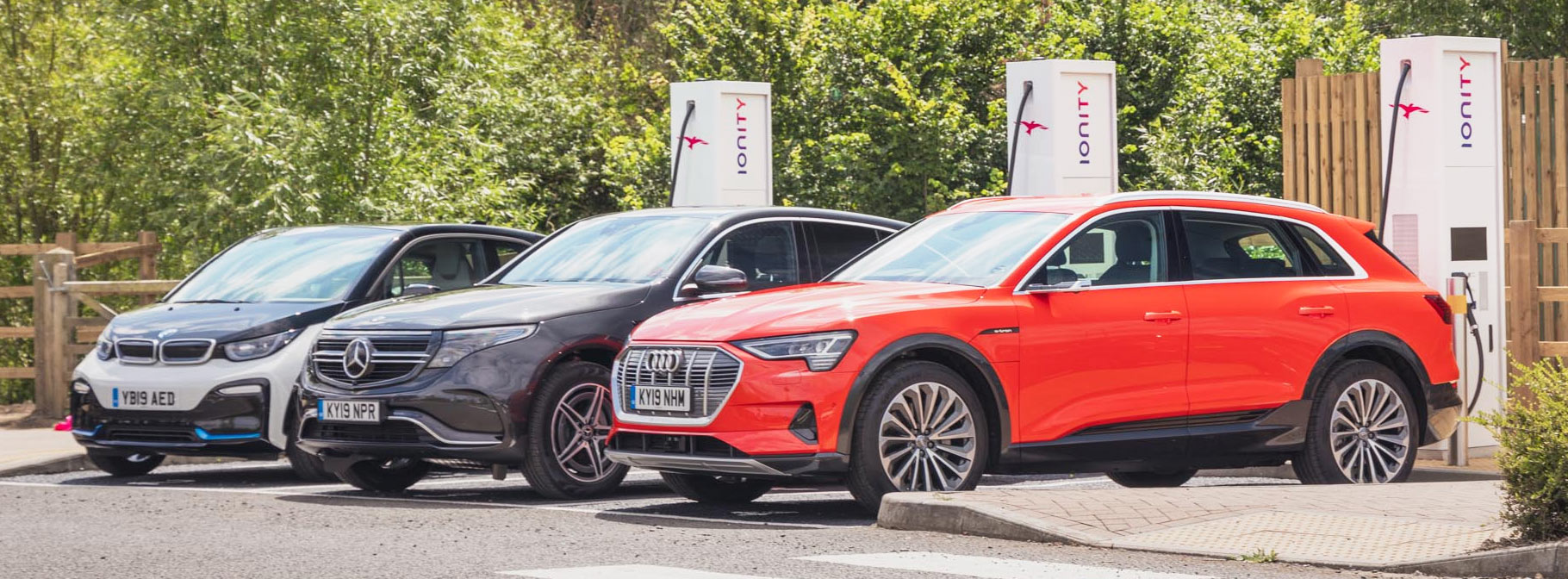
When WhichEV reviewed the Audi e-tron, we weren’t so impressed with it as a vehicle compared to Tesla alternatives. But Audi does claim that it has charging advantages, and it also comes with a free subscription that includes discounted access to Ionity chargers. The Audi e-tron also has 120,000 public charging points with its membership. The Mercedes EQC has a similar benefit.
“People ask, why are you putting in 350kW chargers when there are no cars?” says Bretschneider. “But this is because we’re looking towards the long-term future. The network needs to be in place before people feel confident to buy electric vehicles. Other networks will be upgrading when they see that the cars are there. But somebody has to be there first with charging for the cars to be there! A lot of UK providers are continuing to put in 50kW chargers on motorways, and whilst these are nice for supermarkets, they’re not going to give EV owners confidence that they can put enough charge in for a journey, so won’t encourage people to buy EVs. I want to know that I can charge at home and the workplace, and when I do make a holiday trip, I can do it without spending hours charging halfway. I see a lot of charging points littering the country, but I’m not sure how much good they actually do in convincing people to buy EVs if they are such low power.”
What are Ionity’s future plans in the UK and beyond?
“Once the cars are there for a business case for 350kW charging, more operators will jump on board as well,” says Bretschneider. “We are already seeing this with some of the fuel station operators, who are worried that their business model won’t continue. So they’re putting in charging points. BP acquired Chargemaster, for example. Our rollout will continue, putting in new stations, and new chargers at existing stations, as demand increases.”
“People always look to Norway as being 5-10 years beyond the rest of us,” adds Entwistle. “Norwegian operators are tearing fuel pumps out of forecourts and replacing them bigtime with electric chargers. That’s clearly where developments are heading. We’ll be faced with a similar situation in the rest of Europe. We talk about City High-Power Charging (CHPC). It will be this complementary function, where classic city arterial routes that have a plethora of fuel stations will increasingly be occupied by charging points instead. These will need to be fast chargers because there will be such a massive influx of traffic at peak times, and you will need more and more charging points at these locations. So there will be an urban and suburban development of high-power charging. But that has a knock-on effect – what are the demands being made on the national grids of the countries involved? This will also mean an increase in battery storage facilities in a local sense. Ionity is already starting to explore this for certain locations, although not yet in the UK. In a lot of markets, it will be an absolute requirement. The variability in supply across the 24 countries in which we operate is enormous.”
Ionity is hoping that its network will encourage vendors to bring out vehicles that support fast charging in greater numbers. Currently, the Porsche Taycan can make most use of Ionity’s 350kW charging, achieving around 270kW. Ironically, the Tesla Model 3 charges faster at Ionity’s stations than it does at Tesla Superchargers, because these aren’t yet supporting the full capability of the Tesla. There are only a couple of 250kW Superchargers in the whole of Europe, and the rest are 150kW. “The Model 3 is really like any other CCS car, because it also has the CCS plug on it,” explains Entwistle. “That’s the only technical requirement that we have. Model S and Model X cars have adapters available, so they can use this and charge at our Ionity stations too.”
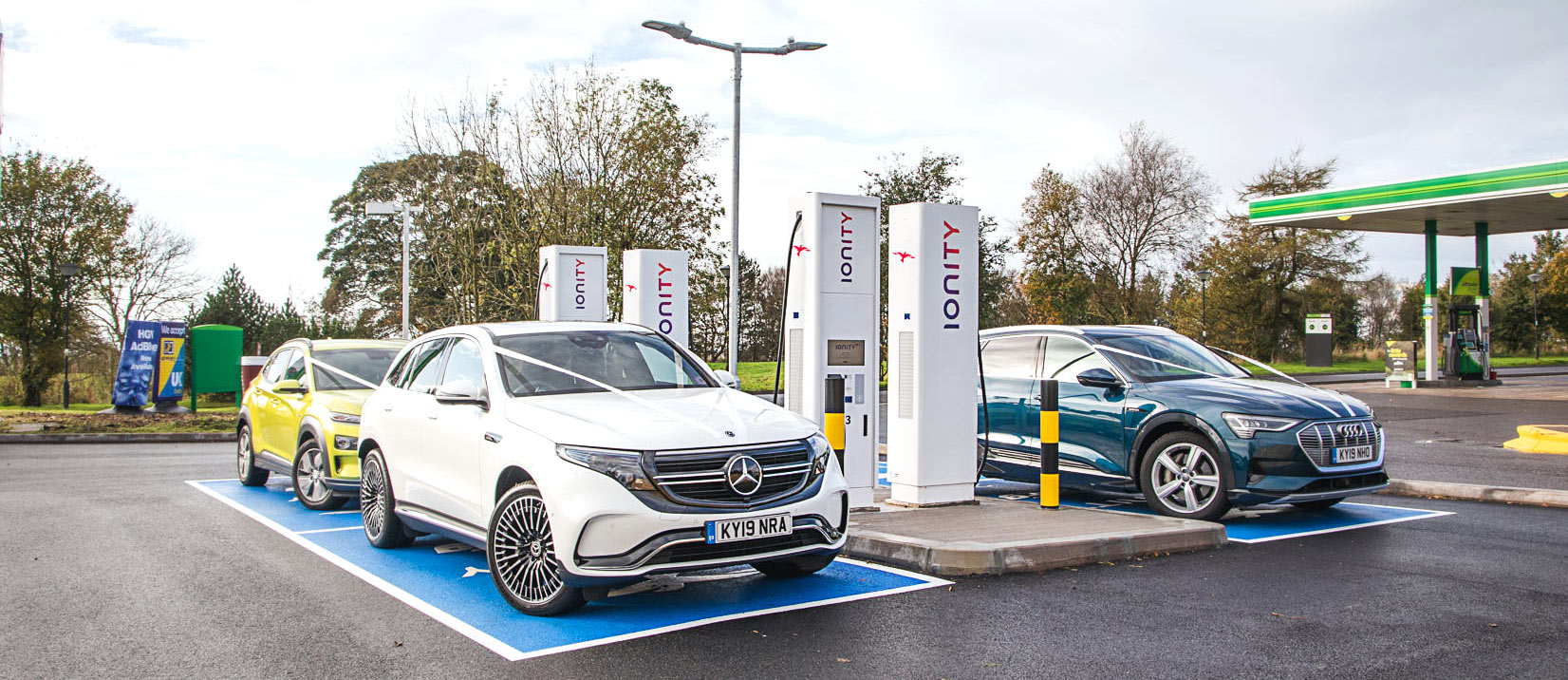
However, EVs are still premium vehicles for the time being. “The average vehicle spend in Germany is just 25,000 Euros, which is not a great deal of money,” adds Entwistle. “That says everything about where we need to be with EV pricing for E-mobility. The VW ID.3 is getting there at 30-35,000 Euros. But there will be SEATs and Skodas from the VW family that will be properly in that price range. I don’t think Europe will be caught napping by the Chinese, because of the scale of European manufacturing sharing common platforms. Ford and VW are looking to share the MEB platform for their vehicles.”
“The key thing is that the infrastructure is driving the adoption of EVs.”
However, Entwistle still sees the perception of range anxiety as the major hurdle to overcome. “When people buy a Range Rover, they don’t do so because they want to go off road,” he says. “But they want to know that if they did want to, they could. Similarly, with an EV, most of your journeys will probably be short local trips, but you want to know that if you do make that long journey, you could. We want to provide the infrastructure to support this. We’re giving people options.”
“The key thing is that the infrastructure is driving the adoption of EVs,” adds Bretschneider “It’s not a chicken and egg dilemma anymore. The infrastructure needs to be there first. This includes home, workplace and motorway charging.”
“If I were to leave you with three concepts,” concludes Entwistle. “They are: one, that we’re fast with our 350kW chargers; two, we’re safe in the sense our network is robust, reliable, and people have options; and three, the majority of EV owners have a green side to them, and all our stations are operating with renewable energy. In the UK, Ionity’s supply partner is Octopus. Fast, safe and green is what we’re about.”

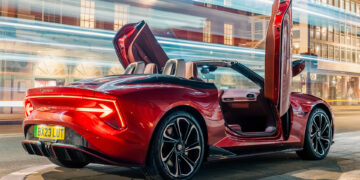

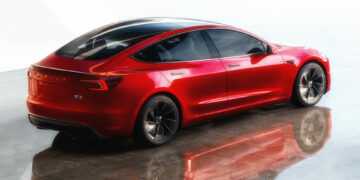
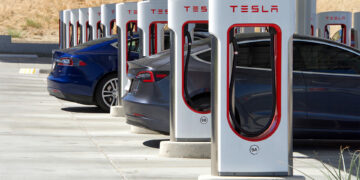



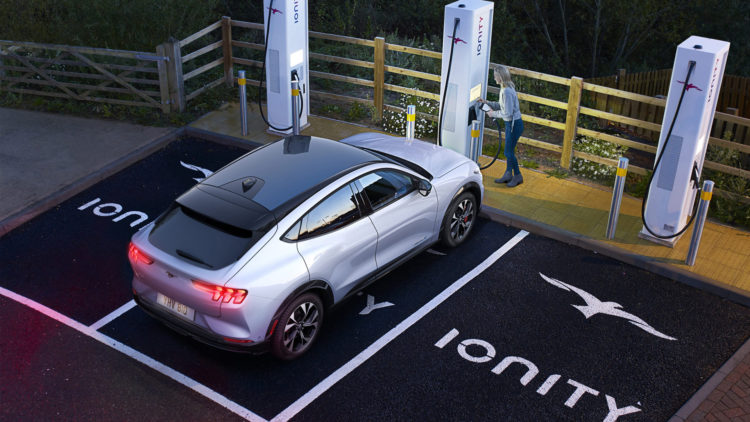











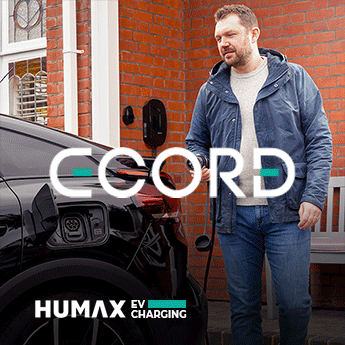
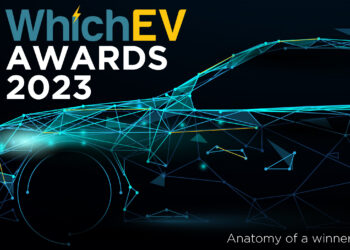
Discussion about this post